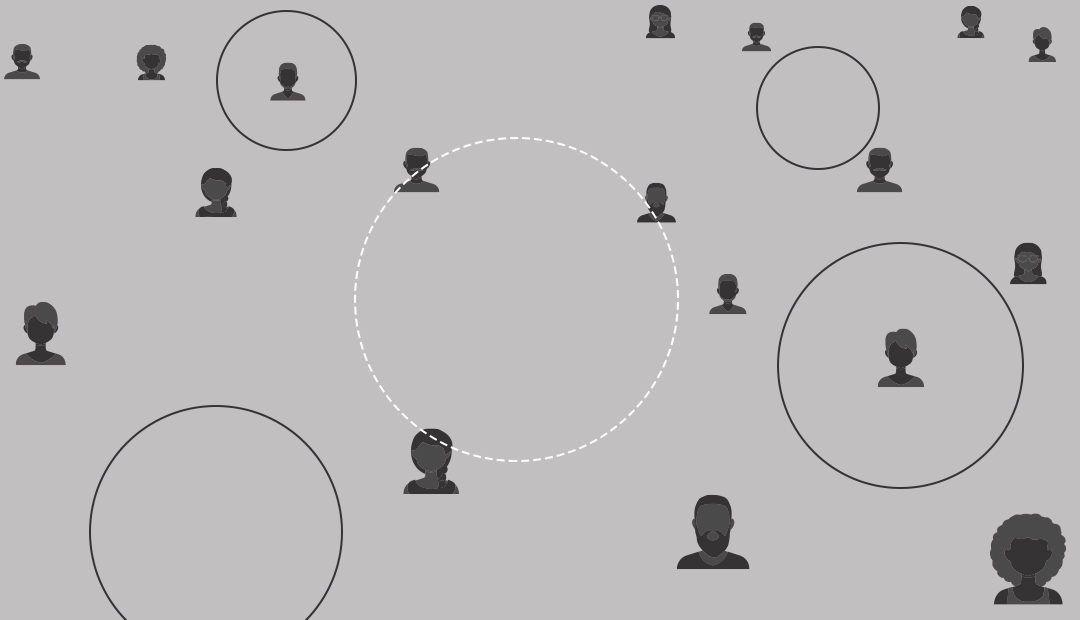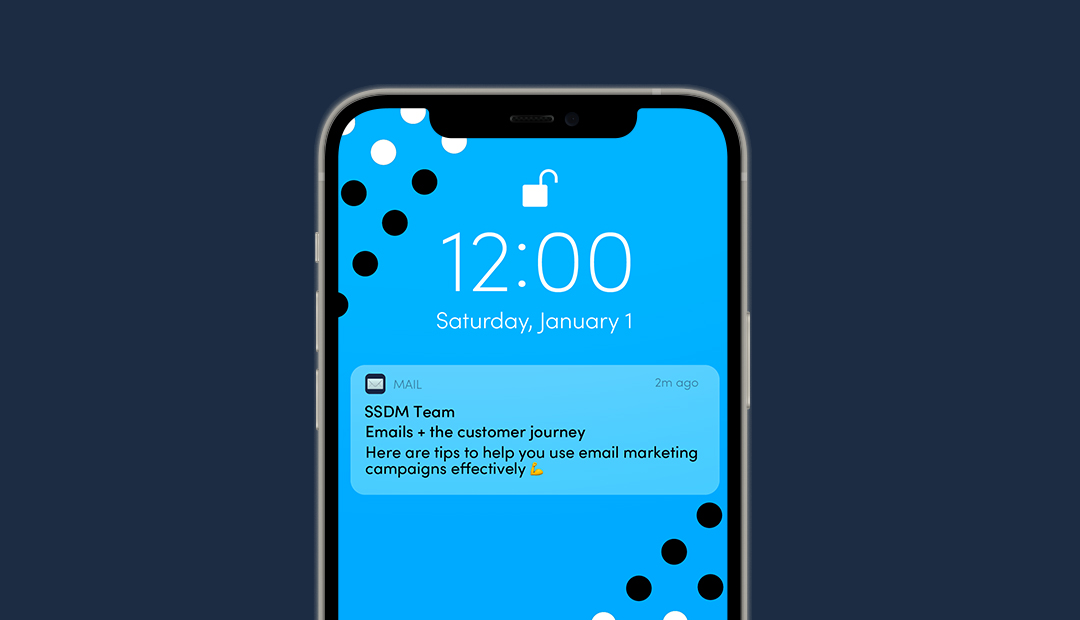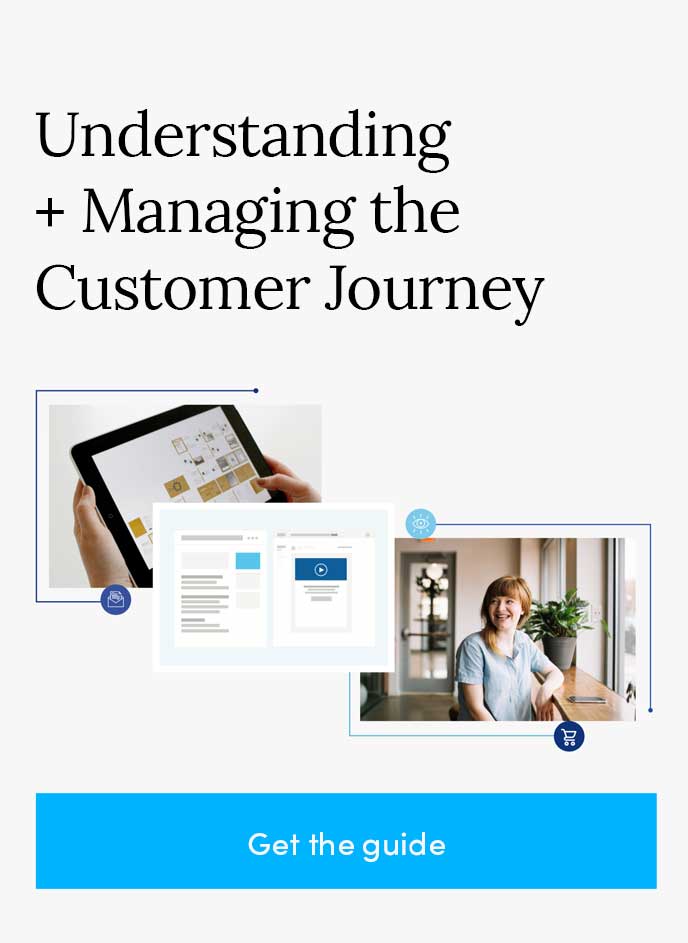A great digital marketing team is a special combination of talents and textures. Specialists who study the numbers behind audience response, correlate the behavioral science and relational science, and build strategies around anomaly detection, optimization, personalization and message sequencing.
The people behind the campaign
It seems like it would be easy to shift a couple people from the marketing department into digital marketing roles and ask them to “think digitally.” It would be great if it were actually that simple. But it might be an unrealistic expectation.
The members of a digital marketing team are specialists, each with specific skill sets and talents.
Let’s take a look at the team’s composition from the ground up.
Data is the foundation of everything – literally. Not only does it give a CMO or Marketing Director the necessary results to prove ROI at the end of a successful campaign, it is the backbone of the strategy that sets the tone and direction for that same campaign.
The science behind the magic
It’s no secret that the digital world revolves around data. And it’s high time, too.
So, the first layer of a strong digital marketing team involves data gathering and data management. These team members are the miners who dig deep into the data to figure out what is resonating with the intended audience and spurring them to action. A campaign’s first line of defense, if you will.
And there’s really nothing you can’t quantify today. Machine learning has made data gathering so much more precise. And it’s that precision that makes the study of audience behavior so intriguing and useful.

The numbers behind the strategy
The next layer provides the campaign roadmap. With appropriate numbers in hand, campaign strategists sort and analyze the data to determine the best way to get to the end goal.
With digital marketing, there really are a lot of roads that will get you there, but just like using any navigation app, the shortest route from point A to point B might not necessarily be the best one.
Does the campaign address an audience that is highly coveted? If so, it will be a crowded space, and the best avenue might be one that can be appropriately personalized.
Is word-of-mouth awareness the desired result? Then, social media is probably the best solution, but which one? So many channels to choose from nowadays, and unless the budget is big enough to absorb a mistake or two, surely you’ll want to choose wisely at the start.
Perhaps an inbound, search strategy will have the best chance of fulfilling the necessary goals. Well, that’s just as complicated, actually. Paid or organic? Google or Bing? Something else? Which keywords will resonate best with the desired audience? Intelligent data analysis offers answers to all these questions, and more, including how much media weight to allocate across which channels.
If it sounds a bit complicated, it can be, unless you really know what you’re doing, and good media strategists do, since they really don’t make a move without consulting the stats.

The message behind the mission
It’s hard to say that any one of these layers is any more important than another, but truly, the key element is messaging. The words that stop the viewer from scrolling further.
You hear it all the time. How in the world do you get someone’s attention online anymore, pandemic or no pandemic? By delivering the right message, at the right time, in the right manner, to the right audience.
The messaging flows right out of the strategy development and it grabs attention, provides the rationale and value, and commands action.
It’s been said that in order to get a driver’s attention on the freeway, a billboard has to have no more than seven words. It’s like that. And those precious few words have to be powerful enough to spur the desired action.
The art behind the science
To provide the mechanism for an interested audience to move forward to the desired result, the chosen messaging really does have to visually stop the viewer from the endless scrolling we all find ourselves doing these days.
It comes as no surprise that multiple layouts are tested, with variations on wording and placement. And programmatic display ads now allow advertisers to provide the chosen channel with a veritable library of images, words and placements to dynamically compose the ad that will make the target customer stop scrolling and take the desired action.
As a priority, visualization is right up there with messaging in the campaign success stakes.
The data behind campaign finesse
After following the roadmap and sending all the right signals, it’s time to monitor and assess the campaign. The beautiful thing about digital marketing is that it can be tweaked along the way. It’s fluid, dynamic and measurable.
By continually monitoring a campaign’s progress, changes can be made to address what the data is reporting. Media allocation, messaging, visuals, and channels can all be changed if that’s what the data indicates.

The team behind the success
Marketing is so much more sophisticated today, and it just keeps getting more and more complex with everyone streaming everything and people spending so much time in front of their devices right now.
The ability to more precisely gauge results has changed the way teams monitor and measure success and when. Today, you don’t have to wait till the end of the campaign to see if it was successful or not. Digital teams constantly track the data to detect behavioral patterns so changes can be immediately implemented.
It’s the explicit job of a good digital marketing team to understand every nuance because they make the difference between a good campaign and a really great campaign.
These folks are specialists, artists and scientists. And they’re in the most exciting biz there is.






